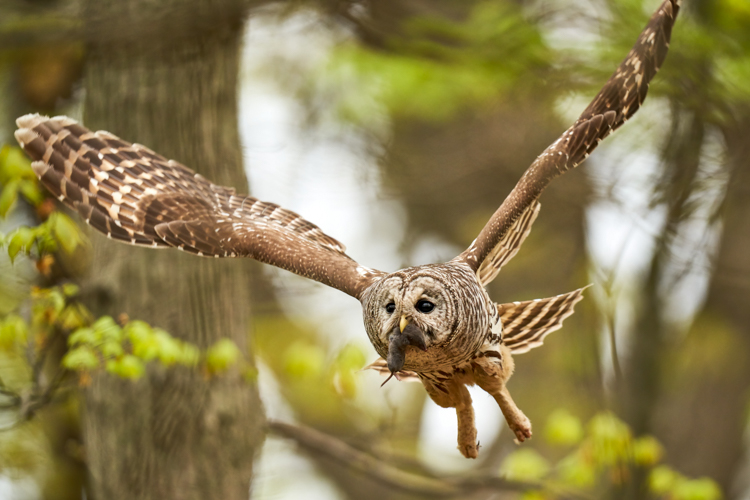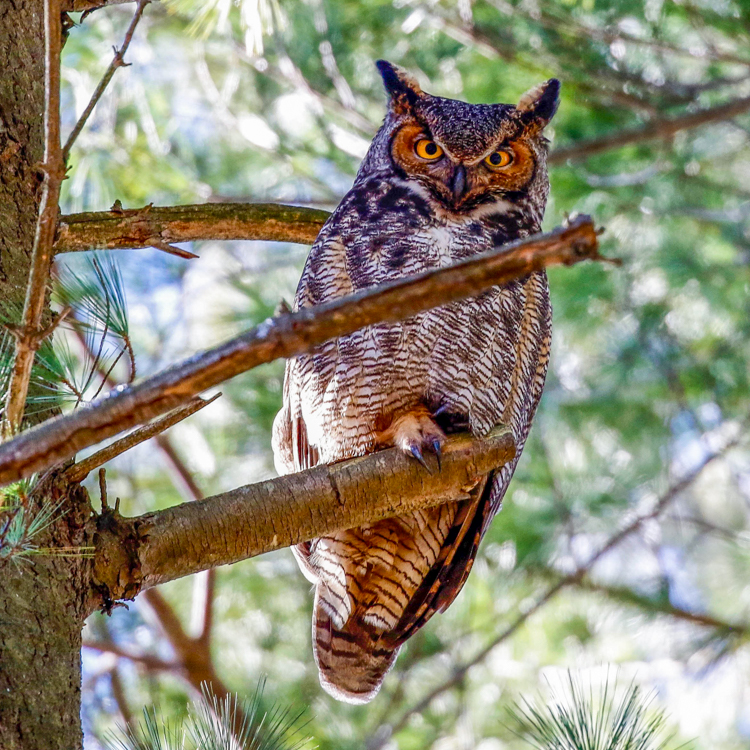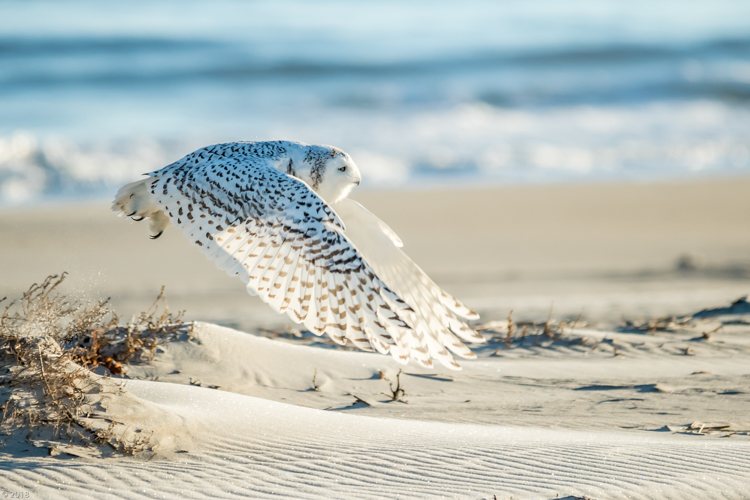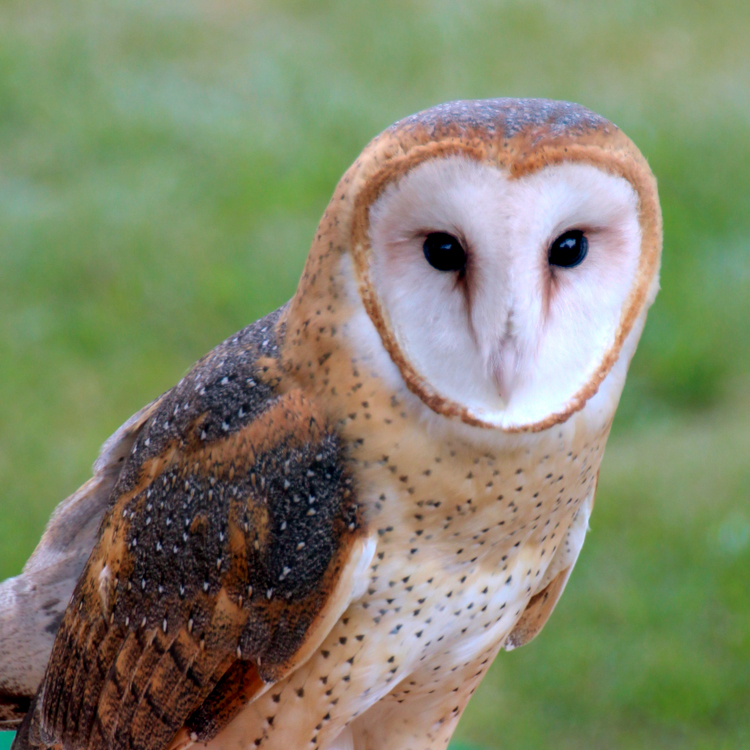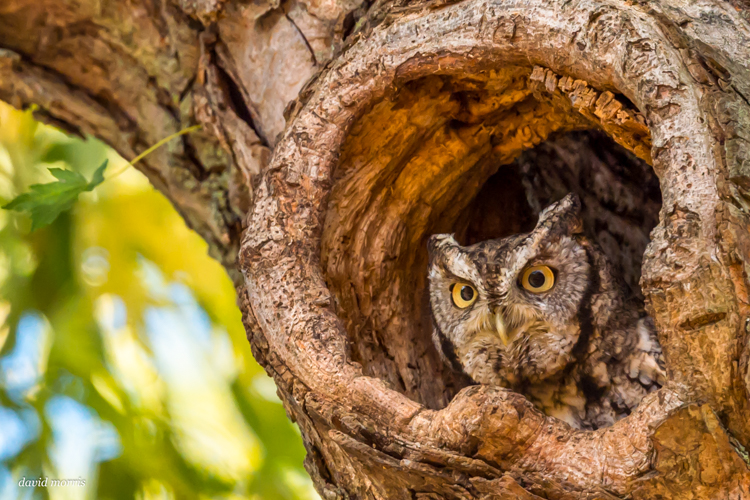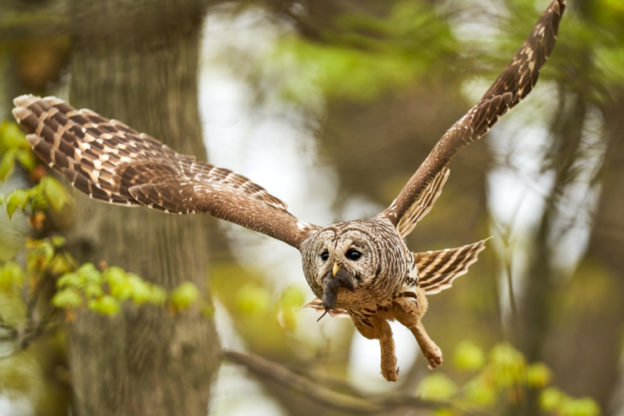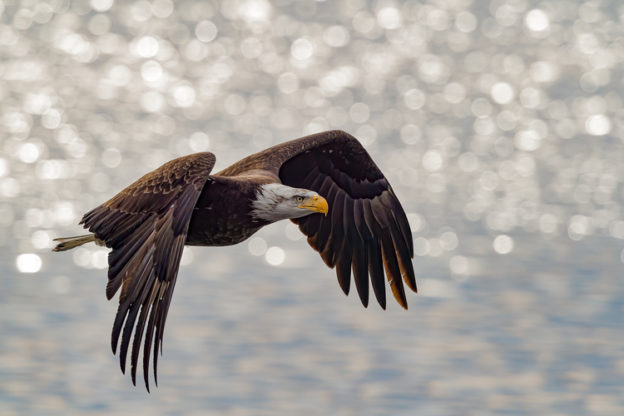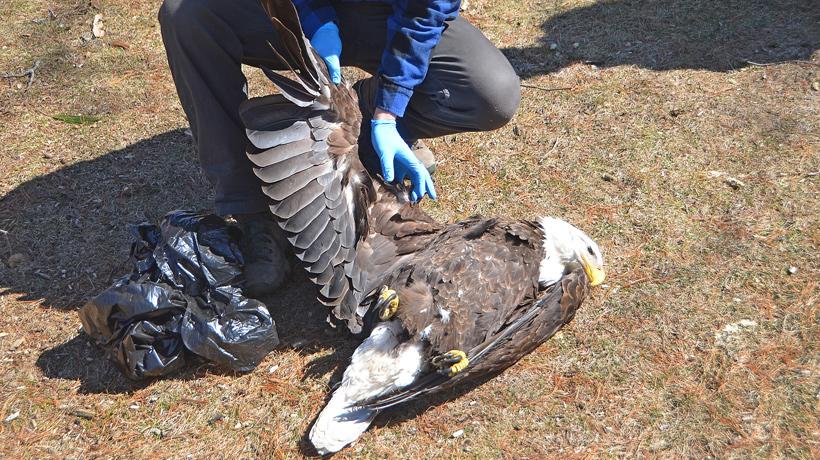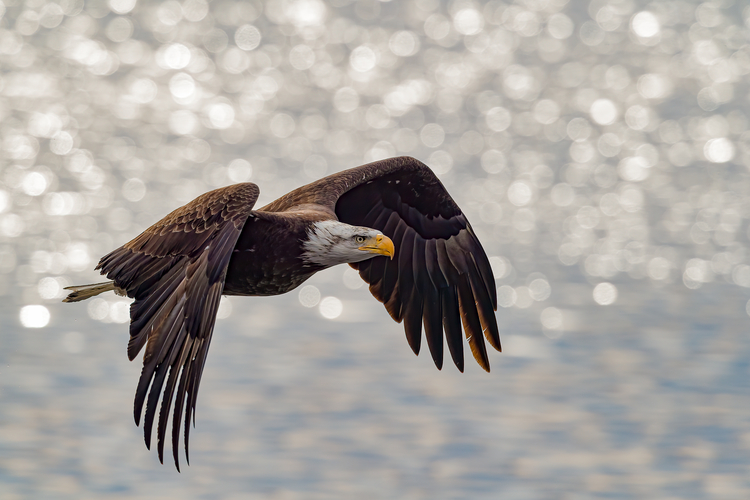Mass Audubon’s annual Bird-a-thon is an amazing event that allows us to share our love for birds and, thankfully, the number of participants grows each year. We have always been mindful that while this event has unmatched potential for getting people excited about birds, birding, and conservation, it also has the potential to create stress for some species if we do not manage how participants interact with the rarest birds found in our state, especially those that are on-nest this time of year. Stress on wildlife is the last thing we want to encourage.
For several years, we have been adding precautions to the official event rules and guidelines to ensure that our Bird-a-thon activities are not causing any harm to birds. For instance, using audio recordings to lure birds in is not permitted. This rule is there to protect rare birds from being lured with a broadcasted audio file multiple times simply to be counted by teams during Bird-a-thon. Some species are given “Freebird” status for exactly that reason—every team can check off these birds, and that eliminates the possibility of multiple teams descending on one rare bird in quick succession.
This year we are taking additional steps to protect birds during Bird-a-thon by adding the regularly occurring and rare owls to our list of “Freebirds”. Each team gets to count these birds toward their totals without having to actually see them:
- Barn Owl
- Eastern Screech-owl
- Great Horned Owl
- Snowy Owl
- Barred Owl
- Long-eared Owl
- Short-eared Owl
- Northern Saw-whet owl
- Northern Goshawk
- King Rail
- Golden-winged Warbler
- Cerulean Warbler
This decision takes us one step closer to doing our best to protect the nature of Massachusetts while we encourage people to take a deep dive into birding. We realize this shift may affect the way some teams develop their strategies for Bird-a-thon, but at the end of the day, it’s all about protecting the birds, and we trust that’s a mission all Bird-a-thoners can get behind.
Instead, we hope you’ll enjoy these five beautiful photos of owls from our annual Picture This: Your Great Outdoors photo contest. Good luck to all the Bird-a-thon teams! Fly on, freebirds!
